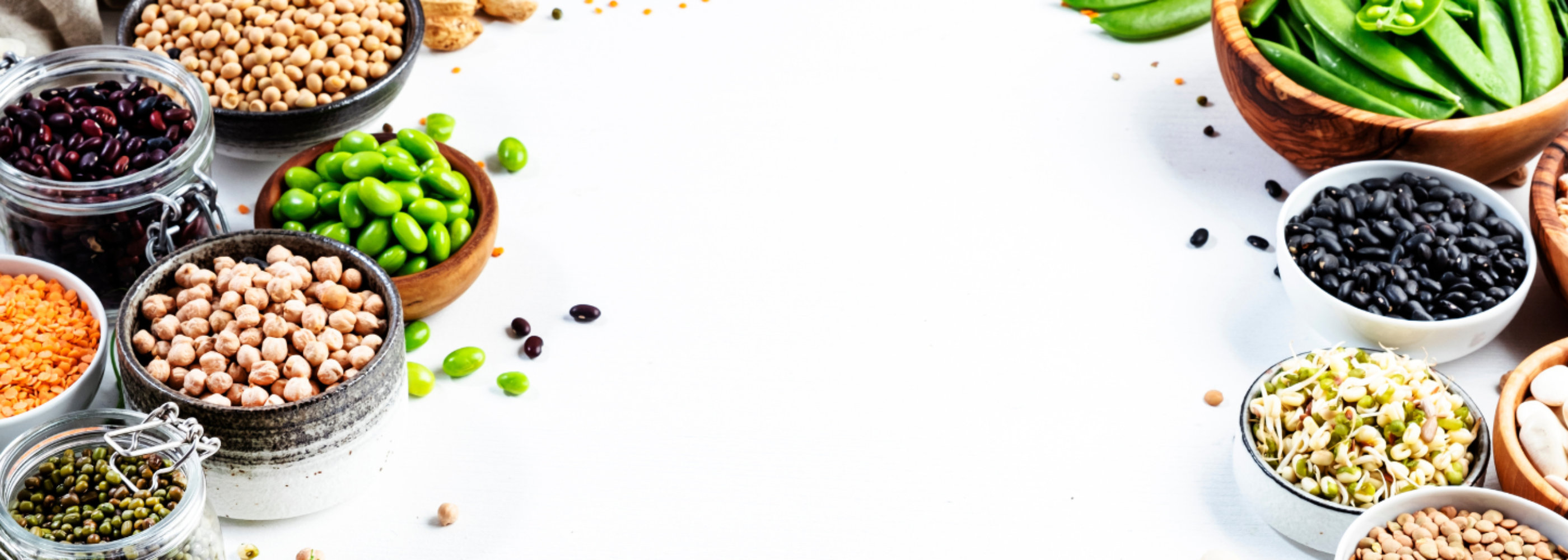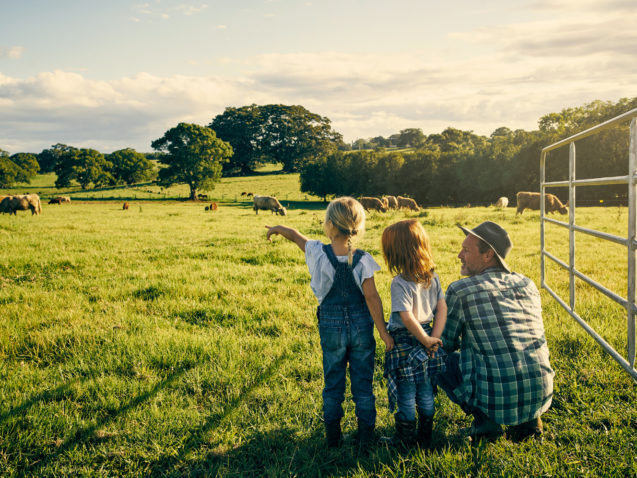The pandemic saw an acceleration in consumer interest for traceability and health benefits, but what does this mean for the food and drink sector? We spoke with Claire Fromentin, head of the fibres business for the French family-owned ingredients maker Roquette. She spoke with us about the growing need for fibres, clean label trends and how the company is dealing with supply chain shocks.
What big trends are you noticing, or expecting to see for the food sector?
The big trends we have seen are local consumption, food traceability and food as a medicine. Consumers are looking to better understand where final products come from, what they are made from and how they are produced for both fresh and packaged products. People are trying to understand what they should eat more of, or what they should eat less of, both for themselves and the planet.
In Europe, it is generally acknowledged that we should eat more plant-based foods, more fibre, and watch our sugar and salt consumption. The interest in food as a medicine has also been accelerated by Covid. We know that more than 70% of consumers have said they are shifting to eating more healthy foods over the past two years. We can see this in the demand for proteins and fibres that are really crucial to health. We are seeing a big boost in interest in gut health and immunity.
Consumers want and are looking for ingredients and foods that are associated with boosting the immune system, and fibre is the third most sought after ingredient consumers are looking for after vitamins and minerals.
Are diets in Europe lacking in fibre, or is this simply about providing alternative sources?
Fibre is naturally present in pulses, cereals, and vegetables but can also be produced through processing. Fibre is not digested in our intestine but reaches our colon where it is fermented by bacteria, producing a beneficial health effect.
Despite its benefits, adults do not eat enough of it compared to dietary recommendations. In the UK, for example, just 9% of the adult population reach the recommended daily intake of fibre. Only one-third are aware of recommended daily intake and two-thirds don’t meet daily recommendation. In the US, only 6% of the population are eating the recommended amount, so it is a global problem.
The fibre gap is so big today that the two are not trade-offs, we need fibres from many different sources whether it be from fruits and vegetables or manufactured products.
How are clean label trends and the desire for something ‘natural’ affecting your growth and market opportunities?
Well for sure there is a need for fibres that are naturally present in foods, this is why consumers are encouraged to eat more portions of fruit and vegetables every day. We know that lifestyles have been evolving over the past decade though and so there is also a need for convenient products at different times of the day that can provide the increased fibre ingredients we need.
We are offering a complimentary solution to the provision of fresh products and the health benefits are the same in both sources, meaning there is no intrinsic difference between the two.
When it comes to clean label trends, one part of it is about minimal processing and the other is the origin of the product, for example if it is plant-based or how many ingredients were used.
Finally, what is Roquette doing to help reduce the climate and biodiversity footprint of your business and supply chain?
We have recently published our yearly sustainability report which outlines our commitments on greenhouse gas emissions, water management and raw material sourcing. When we looked at our business it was identified that the largest impact is from the sourcing of our crops and raw materials as well as the logistics i.e., the transportation of those crops to the plant and to our consumers.
We now have specific targets and plans to reduce our impact in both those areas, including decreasing our use of airfreight and increasing the amount of maize, wheat, peas and potatoes that we source which are certified as sustainable.





